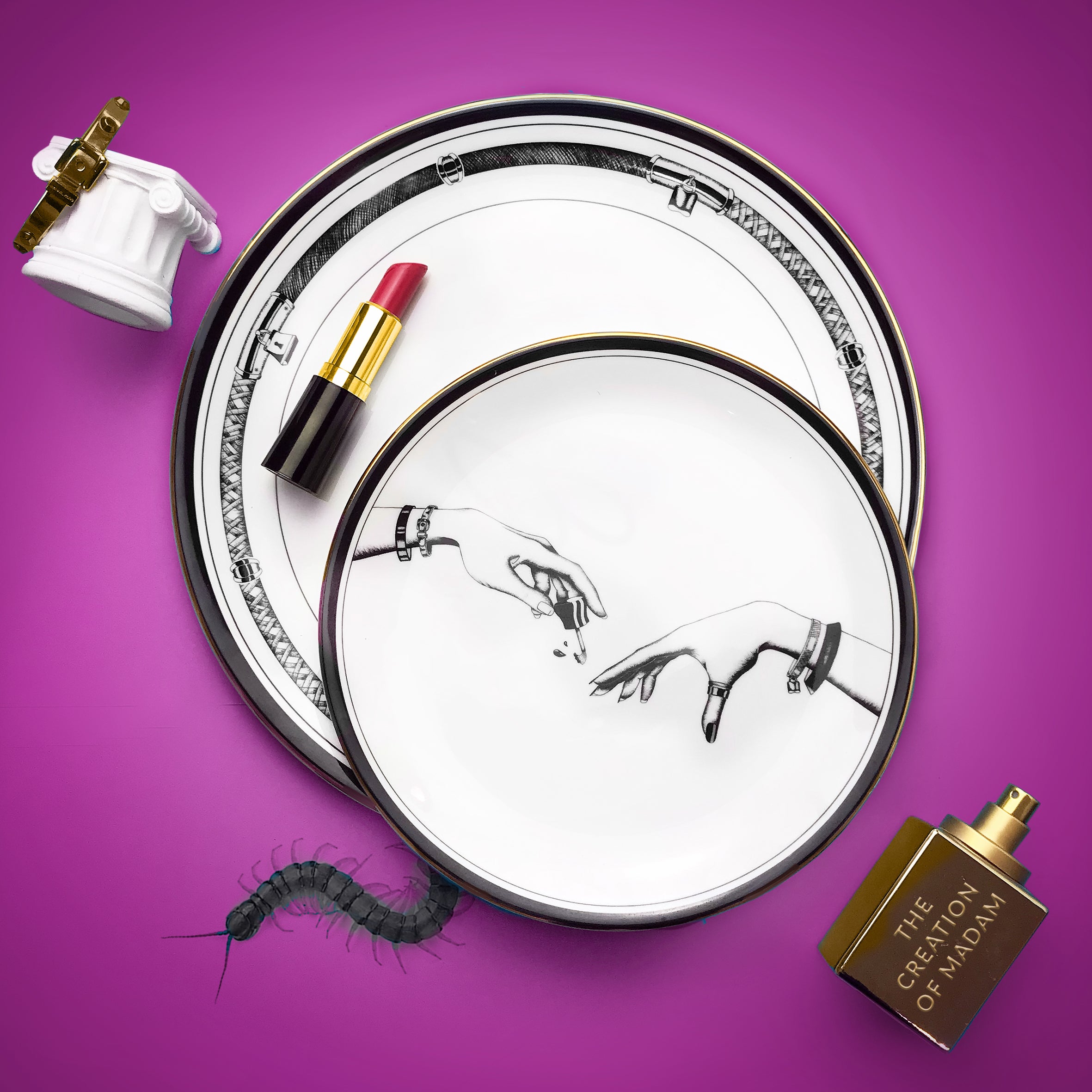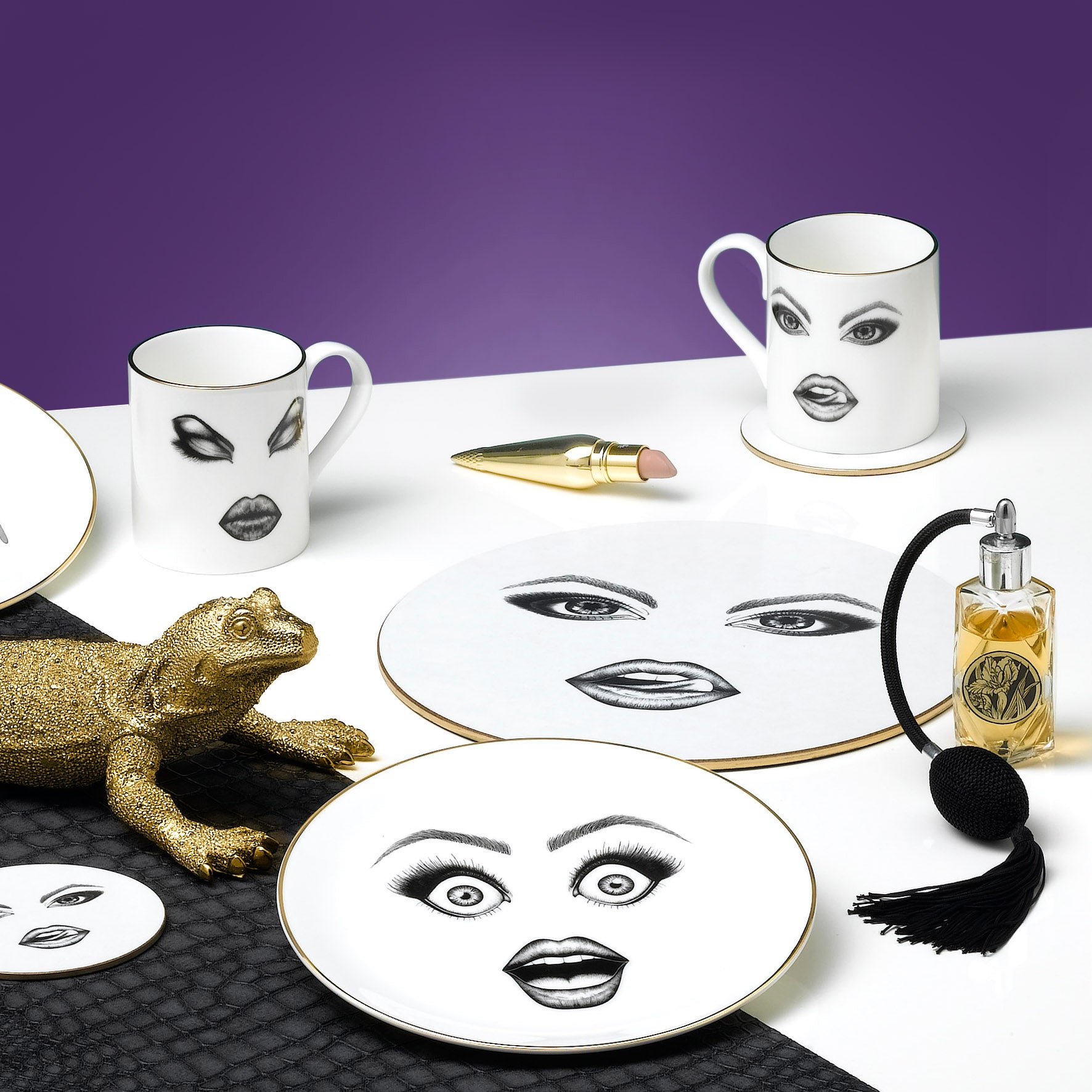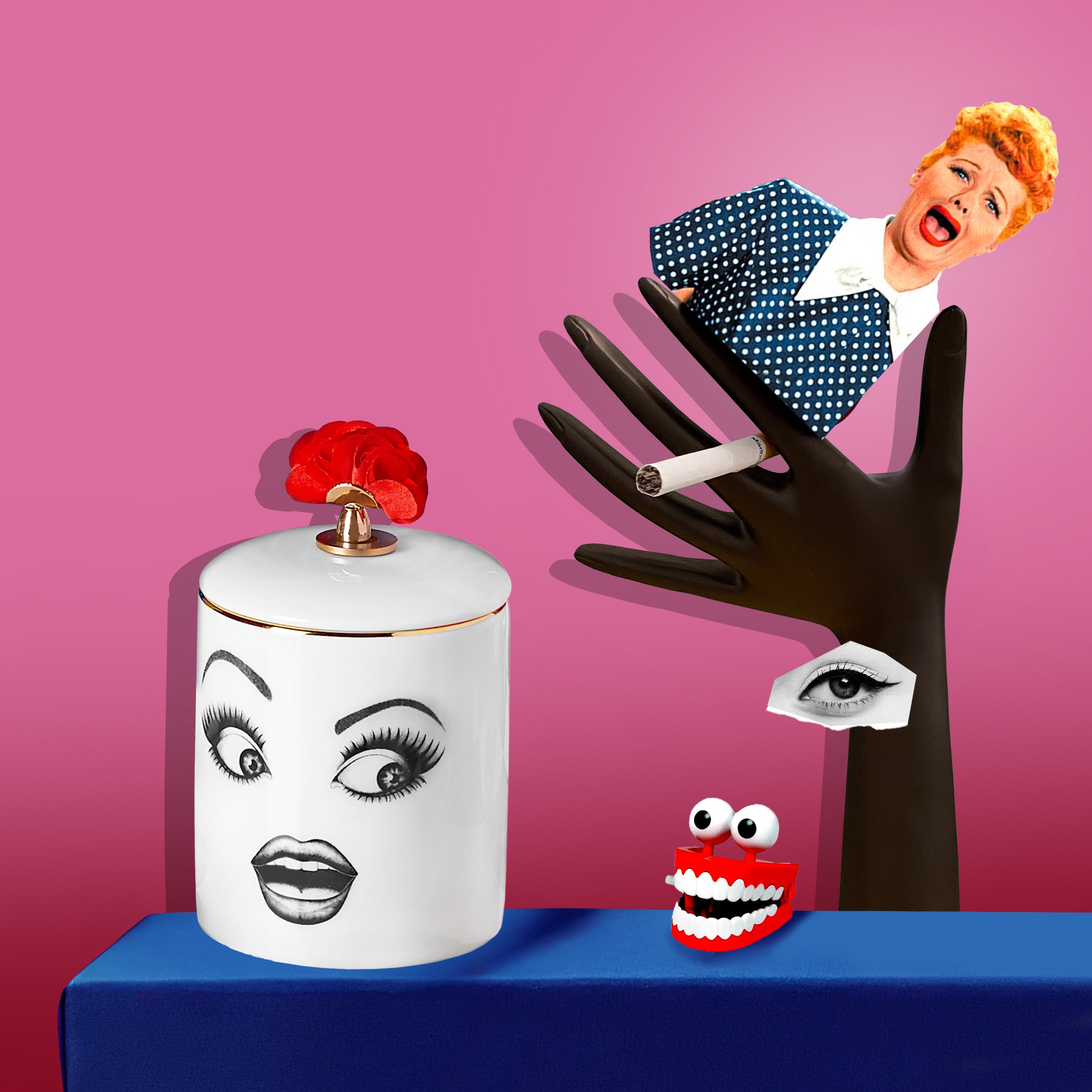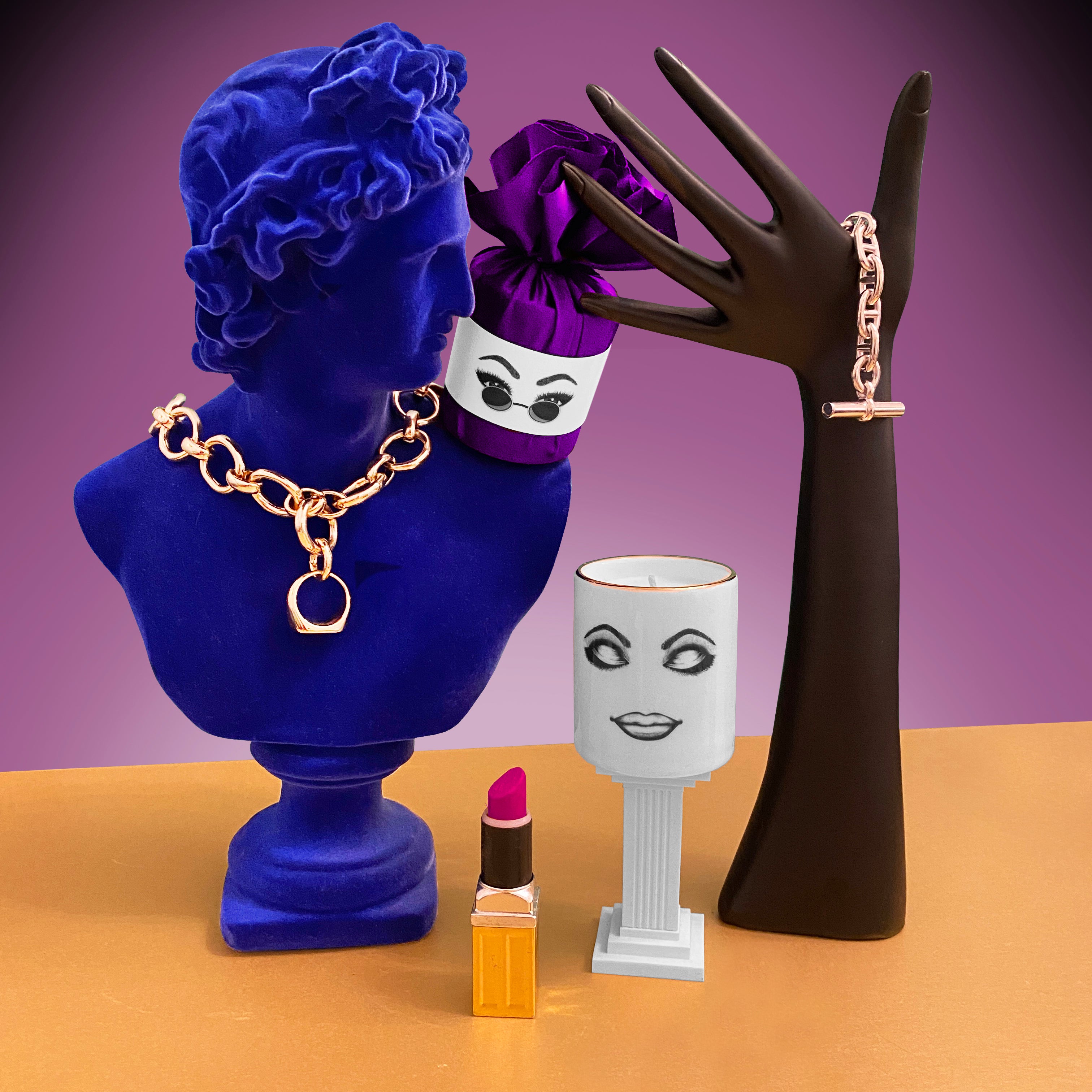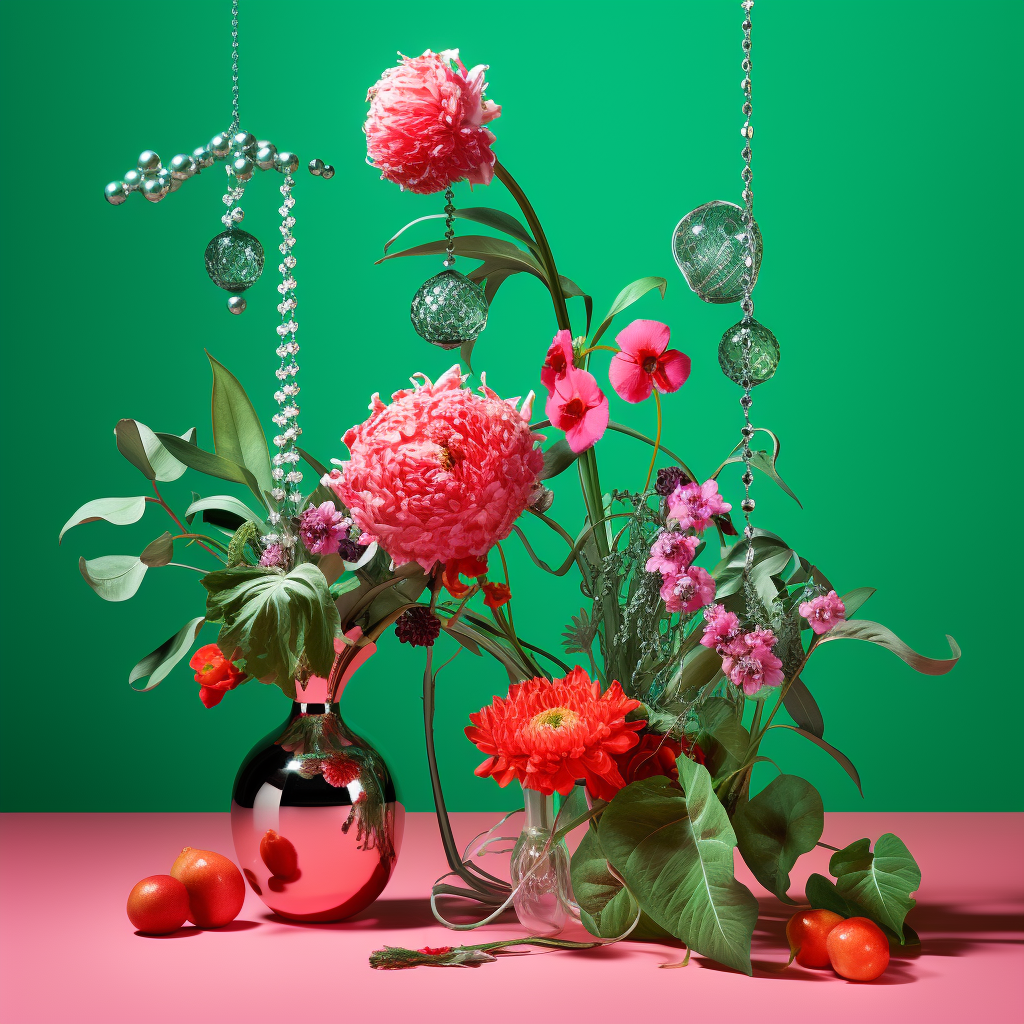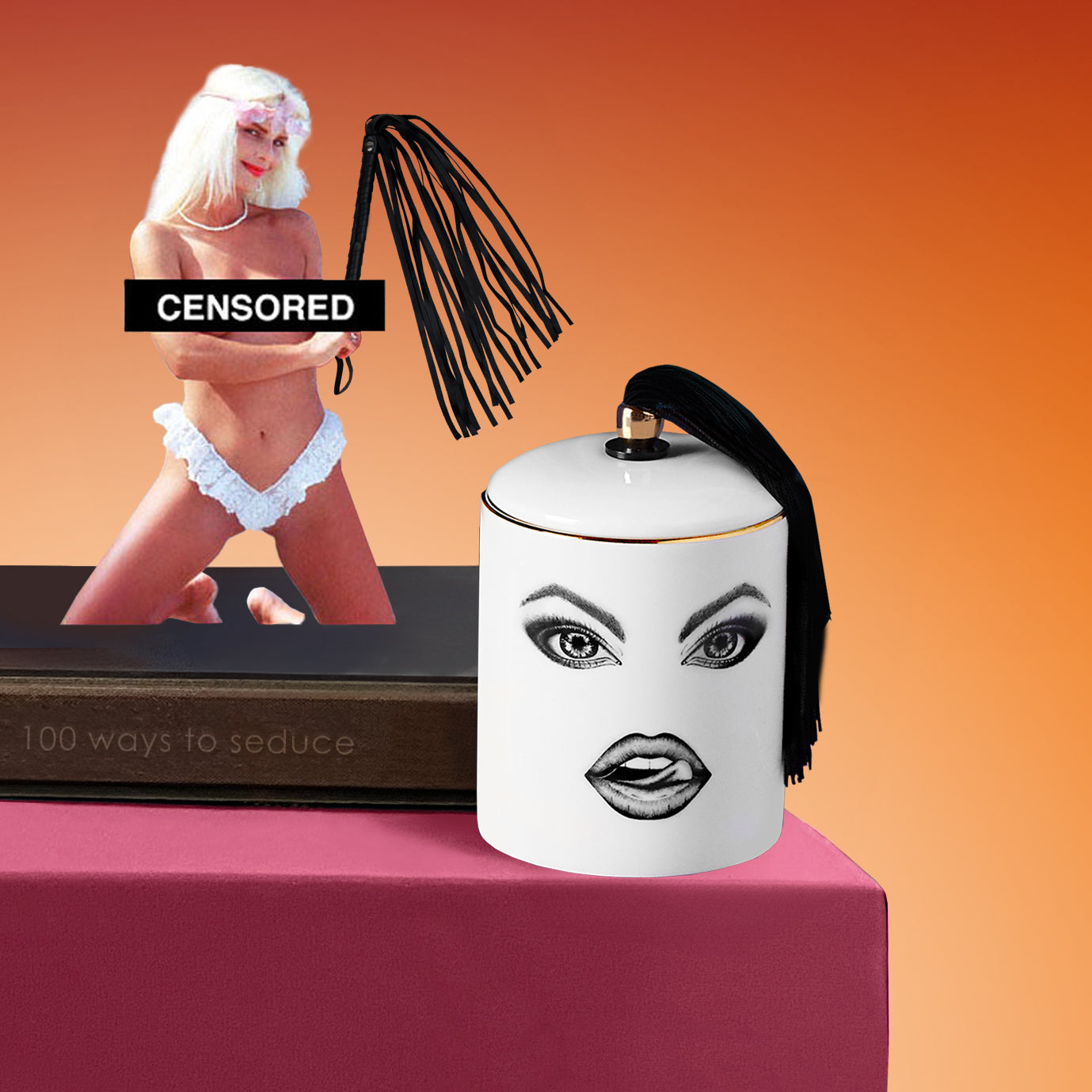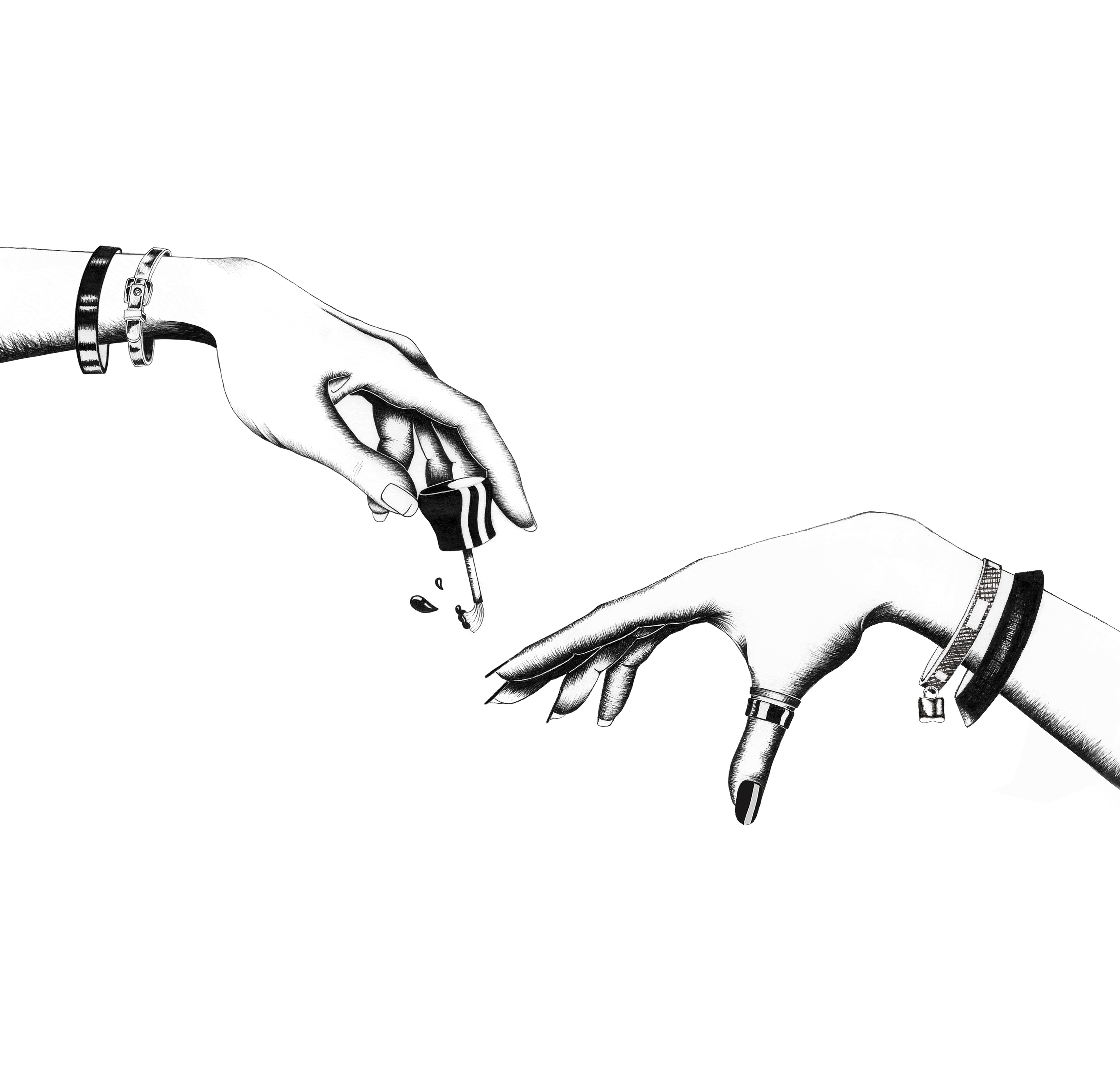Here at LDC, we are obsessed with 3 things. One of them is art, the other is craftsmanship and the last is most definitely, scented candles (we happen to a know a thing or two about them too!) Have you ever stopped to wonder where these sweet smelling, sources of light originated?
Candle History
Join us on a journey as we explore the history of the almighty candle...
JOIN US ON A JOURNEY AS WE DELVE INTO THE HISTORY OF THE ALMIGHTY CANDLE...
THE EARLY BIRD CATCHES THE WORM
The earliest use of candles is often linked back to Egypt where they made rushlights & torches by soaking cores of the reeds in animal fat. However, these rushlights most certainly didn’t have a wick like true candles do!
TELL ME MORE...
By 3,000 B.C the Egyptians were indeed wicking their candles, although the credit of the wick’s origin actually goes to the Ancient Romans for rolling papyrus and dipping it repeatedly in melted tallow or beeswax. This allowed the Ancient Romans to light their homes, create a lit route for travellers at night as well as set the scene for ceremonies & celebrations. Glorious!
Candles played an important role in the earlier days within religious ceremonies too. Hanukkah, the ‘Festival of Light’ which has candles at its heart, dates back to 165 B.C. There are also several Biblical references stating that Emperor Constantine apparently called for the use of candles in an Easter Sunday service, back in the 4th Century.
A BUZZ-ING JOURNREY TO THE MIDDLE AGES
As most early Western cultures were relying on tallow to fuel their candles, it was a revelation when beeswax was introduced in Europe. Beeswax allowed the candles to burn purer and cleaner, without emitting smoky flames.
TELL ME MORE...
Tallow was actually made from animal fat. So as you can imagine, the smell wouldn’t have been too pleasant when a tallow candle was burned. For this reason, sweet-smelling beeswax was game changing in the world of candles, and a welcome alternative to stinky Tallow!
By the 13th Century, the art of candling was embraced in England and France. The chandlers didn’t often have a base to make the candles from, instead they would travel to their customer’s house and make candles with the leftover kitchen fats. If the chandler was lucky enough to have their own little shop, then they would make and sell their own candles from there.
A BUZZZ-ING JOURNEY TO THE MIDDLE AGES
As most early Western cultures were relying on tallow to fuel their candles, it was a revelation when beeswax was introduced in Europe. Beeswax allowed the candles to burn purer and cleaner, without emitting smoky flames.
TELL ME MORE...
Tallow was actually made from animal fat. So as you can imagine, the smell wouldn’t have been too pleasant when a tallow candle was burned. For this reason, sweet-smelling beeswax was game changing in the world of candles, and a welcome alternative to stinky Tallow!
By the 13th Century, the art of candling was embraced in England and France. The chandlers didn’t often have a base to make the candles from, instead they would travel to their customer’s house and make candles with the leftover kitchen fats. If the chandler was lucky enough to have their own little shop, then they would make and sell their own candles from there.
WHALE, WHALE, WHALE...
So here we are in the late 18th Century…The whaling industry is growing and is making unexpected waves in the candle world. Spermacity - a wax made by crystallising whale sperm (yikes!) suddenly became available in large quantities
TELL ME MORE...
Just like Beeswax, Spermacity didn’t elicit an unpleasant odour, but it did give off a significantly brighter light when burnt. It does sound rather grim, but it did the job nicely at the time. Apparently...
ALL IT TOOK WAS A BIT OF LOVE & SAUSAGE
A spring in the popularity of candles occurred in the first half of the 20th Century. This was thanks to the growth of U.S oil and meatpacking industries which provided byproducts that would become the new basic ingredients of candles.
TELL ME MORE...
This popularity was still steady until the mid 1980’s, when the hunger for candles as decorative items and gifts began to increase significantly. Before you knew it, candles were available in all sorts of shapes, sizes & colours and the demand for scented candles began to escalate even further!
In the 1990’s, for the first time in over a Century, new types of candle wax were being developed. Agricultural Chemists in the U.S were busy creating Soybean Wax whilst on the other side of the globe, attempts to create Palm Wax began. The wax race was on!
WAXING LYRICAL IN THE 19TH CENTURY
The 19th Century was when French chemist Michel Eugine Chevreul discovered how to extract stearic acid from fatty animal acids. Oh la la…This led on to the creation of Stearin Wax, which is still popular in Europe today.
TELL ME MORE...
To further the ever-changing candle industry, Joseph Morgan developed & invented a machine which increased efficiency in the production of candles. This machine allowed candles to be produced in volume via a clever cylinder and movable piston. It would eject candles whilst they were solidifying and reduce manufacturing time by removing candles from their moulds (very clever indeed). This efficient gadget allowed candles to be more readily-available for the masses. Hurray!
Chemists learned how to extract & refine the naturally-occurring waxy substance that was found in petroleum. Paraffin Wax soon boomed because it created a cleaner burn, was odourless, more consistent and it appeared to be more economical to produce than any other candle fuel so far. However, once the light bulb was invented in 1879, candle making began to decline…
TODAY IT ALL MAKES SCENTS
Today, it is rare to see candles being used as a light source, but none the less, they remain as popular as ever. Candles of the modern world are used to create calm environments, evoke romantic settings, add ambience to celebrations and much, much more.
TELL ME MORE...
Even as you read this, new waxes are being developed for candle production, new brands are arising on the market and new scents are immersing people's homes! The humble candle hasn’t stopped on its journey of exploration quite just yet…
OUR MOODY MARK ON THE WORLD OF CANDLES
LDC'S MOODY & MUSEY MARK ON THE CANDLE WORLD
As you can see, we most certainly haven’t invented the scented candle but we have strived to elevate it to a whole new, exciting & expressive level. Gone are the days of rushlights & whale sperm (thank the lord!).
Instead we have created candles with elevated fragrances, full of personality and accessorised with their very own unique, hand-crafted hats. We’d like to think our candles go beyond a means of light and instead lay in a realm which bridges art, self-expression, fragrance & a little bit of rebellion.
Our Moody Muse candles may be small, but one day, they may just leave a little mark on a candle history yet to be told.
One small step for woman, one large step for candle-kind!
As you can see, we most certainly haven’t invented the scented candle but we have strived to elevate it to a whole new, exciting & expressive level. Gone are the days of rushlights & whale sperm (thank the lord!).
Instead we have created candles with elevated fragrances, full of personality and accessorised with their very own unique, hand-crafted hats. We’d like to think our candles go beyond a means of light and instead lay in a realm which bridges art, self-expression, fragrance & a little bit of rebellion.
Our Moody Muse candles may be small, but one day, they may just leave a little mark on a candle history yet to be told.
One small step for woman, one large step for candle-kind!
THE PROVOCATEUR
THE PRANKSTER
THE PUNK

